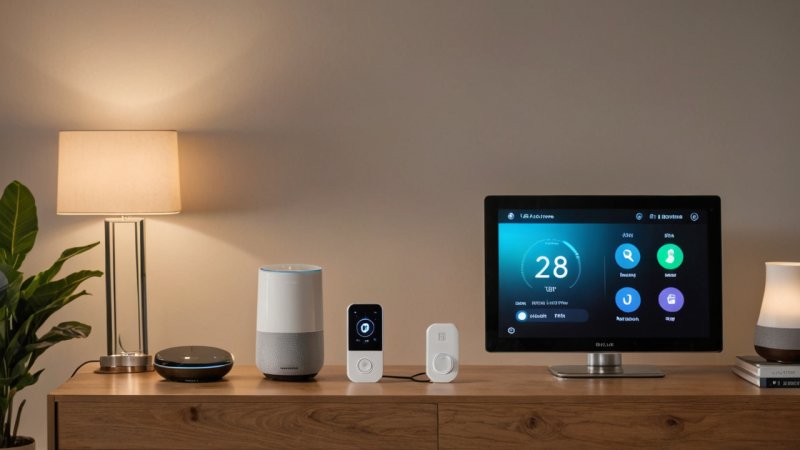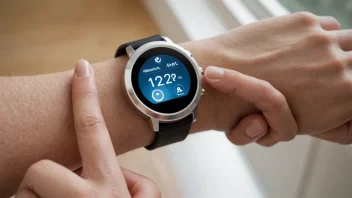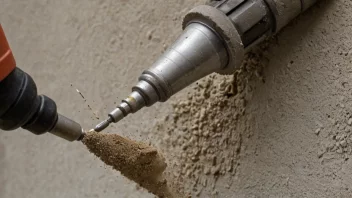Introduction
In an era where technology is at the forefront of our daily lives, automating your home for energy efficiency is not just a trend; it’s a smart investment. This guide will walk you through the essential steps to transform your living space into an energy-efficient oasis. By the end of this article, you’ll be equipped with practical knowledge on selecting the right devices, setting them up, and optimizing their use to save energy and reduce costs.
Step 1: Assess Your Energy Consumption
Before diving into home automation, it's crucial to understand where and how you're using energy. This will help you identify areas for improvement.
- Review Your Energy Bill: Look at your monthly energy usage to identify peak usage times and high-cost areas.
- Use an Energy Monitor: Consider investing in a smart energy monitor that tracks real-time energy usage for different devices.
- Identify Energy Hogs: Make a list of devices that consume the most energy, such as HVAC systems, water heaters, and appliances.
Step 2: Choose Smart Home Devices
Once you have a clear picture of your energy consumption, it's time to select the right smart devices to automate your home.
- Smart Thermostats: Devices like the Nest or Ecobee can learn your habits and adjust heating and cooling accordingly.
- Smart Lights: Replace traditional bulbs with smart LED bulbs that allow you to control brightness and timing.
- Smart Plugs: Use smart plugs to control appliances remotely, schedule on/off times, and monitor energy consumption.
- Smart Sensors: Incorporate motion sensors that can turn off lights when a room is unoccupied.
Step 3: Set Up Your Smart Home Hub
A central hub allows all your devices to communicate with each other, simplifying your automation process.
- Choose a Hub: Popular options include Samsung SmartThings, Amazon Echo Plus, or Google Nest Hub.
- Install the Hub: Follow the manufacturer’s instructions to set up your hub and connect it to your Wi-Fi network.
- Add Devices: Use the hub’s app to add and configure your smart devices, ensuring they’re all connected.
Step 4: Create Automation Rules
Once your devices are connected, it's time to create automation rules that will enhance energy efficiency.
- Schedule Heating and Cooling: Set your smart thermostat to adjust temperatures based on your schedule. For instance, lower the heat during the day when no one is home.
- Automate Lighting: Program smart lights to turn off automatically during the day or when you leave a room.
- Control Appliances: Set smart plugs to turn off devices like TVs or gaming consoles after a certain time.
Step 5: Monitor and Adjust
After setting up your automation, it's essential to monitor performance and adjust as needed.
- Use Apps: Most smart devices come with apps that provide insights into energy usage and efficiency.
- Make Adjustments: Based on the data, tweak your automation settings for better performance.
- Regular Reviews: Revisit your energy consumption every few months to identify new opportunities for efficiency.
Conclusion
Automating your home for energy efficiency is a rewarding endeavor that can lead to significant savings. By assessing your energy consumption, choosing the right smart devices, setting up a hub, creating automation rules, and continuously monitoring your systems, you can create a more efficient living environment. Not only will you reduce your energy bills, but you'll also contribute to a more sustainable world.






